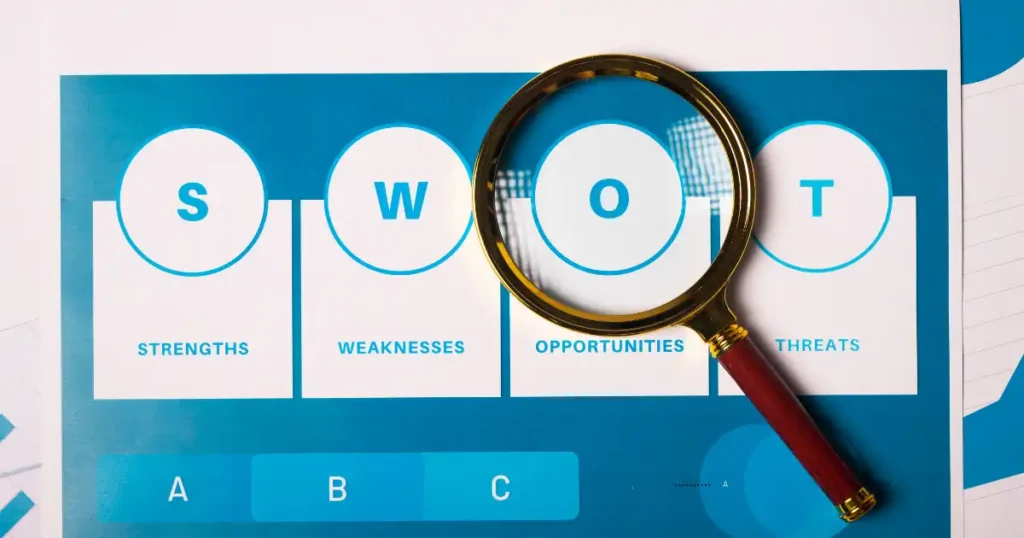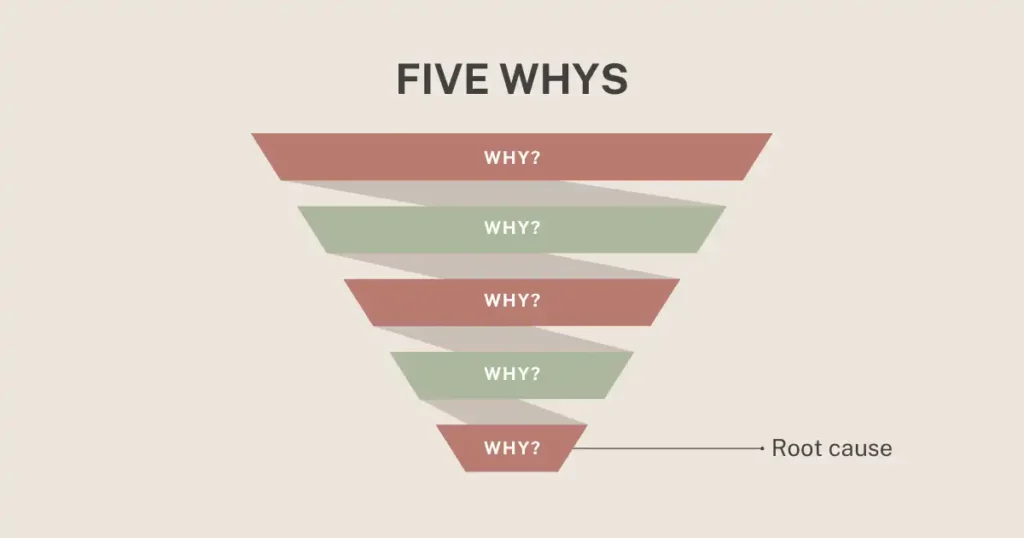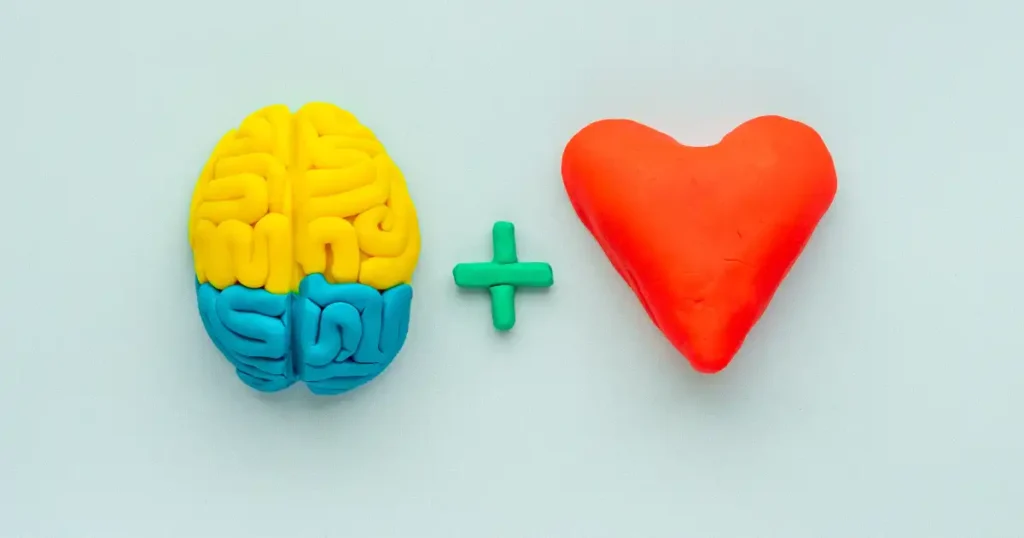Table of Contents
1. Stuck on Ideas? Ask Better Questions
You’re not out of ideas—you’re just asking the wrong ones.
Most people think creativity means waiting for inspiration to strike. But the truth?
Creativity is triggered by smart questions.
That lightbulb moment you’re chasing? It usually starts with a nudge, a twist, a fresh angle.
Enter SCAMPER—a simple tool that helps you flip, twist, and stretch any product, process, or problem until something brilliant clicks.
📊 Fact to remember:
84% of executives say innovation is crucial for growth—
But only 6% are happy with their innovation results.
(Source: McKinsey)
SCAMPER bridges that gap.
It’s how you turn “meh” into magic.
2. What Is SCAMPER? (Quick & Clear)
SCAMPER is a creativity method developed by Bob Eberle, based on the brainstorming techniques of Alex Osborn—the guy who literally coined the term “brainstorming.”
Instead of relying on random ideas, SCAMPER gives you a structure:
Seven action-based prompts—each tied to a specific verb—designed to make you rethink and reimagine anything you’re working on.
Think of it as creative push-ups for your brain.
You can use SCAMPER to:
- Improve a product
- Rework a service
- Rethink a process
- Invent something totally new
From packaging to apps, ads to workflows—SCAMPER works anywhere you need fresh thinking.
3. S – Substitute 🔄
What can you swap out?
The Substitute prompt asks you to rethink parts of your idea by replacing them. Maybe there’s a better material, a smarter person for the task, or a more modern tool.
🧠 Ask:
- What material, ingredient, or element can we switch?
- Can we use someone else for this role?
- Can we do it with fewer steps or different tools?
📌 Example:
A coffee shop swaps dairy milk with oat milk and almond milk.
Result? New customers with dietary needs show up. Business grows.
Substitution isn’t about changing everything—it’s about tweaking one thing to unlock new value.
4. C – Combine ➕
What can you blend together?
Combine is about mixing two things to create something stronger, faster, or more useful.
🧠 Ask:
- Can we merge two functions into one?
- Can we combine this idea with another product or service?
- What partnerships or integrations make sense?
📌 Example:
A fitness tracker + a sleep monitor = Fitbit.
Now users track their health day and night, all in one device.
Smart combos solve more than one problem at once—and often create something brand new.
5. A – Adapt 🔧
What can you tweak or borrow from another context?
The Adapt prompt challenges you to look outside your world. What’s working somewhere else that you can use right here?
🧠 Ask:
- What successful ideas from other industries can we apply?
- Can we adjust this to suit a new audience or environment?
- What else could this be similar to?
📌 Example:
Airports borrowed theme park-style signage—bold colors, clear icons, simplified routes.
Result? Passengers found gates faster, stress dropped, delays improved.
Innovation doesn’t always mean invention. Sometimes it just means smart adaptation.
6. M – Modify or Magnify 🔍
What can you exaggerate or shrink?
Here, you play with scale, intensity, or design. Maybe the product’s too big, too boring, too subtle. What happens if you push it further—or dial it back?
🧠 Ask:
- Can we change the size, color, or function?
- What if we made it louder, bolder, simpler—or smaller?
📌 Example:
Travel-size shampoo bottles = airline-friendly, space-saving convenience.
Supersized meals = more value, more sales (just ask any fast food chain).
Big or small, modifying the experience can create a better fit for new users, settings, or needs.
7. P – Put to Another Use 🔁
Can it do something else entirely?
Sometimes the best innovation isn’t about changing the product—it’s about changing how or where you use it.
🧠 Ask:
- Can this serve a different purpose?
- Can another audience use this in a new way?
- What happens if we apply it in a totally different context?
📌 Example:
Bubble wrap was first created as wallpaper. Didn’t sell.
But someone saw its potential for protecting fragile items—and now it’s a shipping industry staple.
Don’t throw it out—flip it. Repurposing can turn failure into your next big win.
8. E – Eliminate ❌
What can you cut, simplify, or stop doing?
Most products and processes are bloated with extras that nobody needs. The Eliminate prompt forces you to strip away the clutter.
🧠 Ask:
- What’s unnecessary?
- Can we remove steps, features, or friction?
- What’s slowing users down?
📌 Example:
Dropbox eliminated file size limits, login requirements, and hardware dependence.
It became easier, faster, and beat out USB drives for good.
Less isn’t just more—it’s better. Eliminate the noise, and you make space for real value.
9. R – Reverse or Rearrange 🔄
What if you flipped it?
Sometimes the best way to fix something is to break its pattern. The Reverse prompt invites you to change the order, the flow, or even the direction of how something works.
🧠 Ask:
- What if we did this backward?
- What if the customer started where they usually finish?
- Can we rearrange steps for better results?
📌 Example:
Drive-thru pharmacies flipped the traditional pharmacy model.
Instead of customers walking in, they stay in their cars—and the meds come to them. Faster, easier, safer.
Changing the sequence can change the experience.
10. When and How to Use SCAMPER
SCAMPER isn’t just a brainstorm toy. It’s a versatile tool that works wherever fresh thinking is needed.
💼 Best used in:
- Product design
- Process improvement
- Marketing and branding
- Team brainstorming
- Service delivery
🛠️ How to use it:
- Pick one idea, product, or process.
- Run it through all 7 SCAMPER steps (one at a time).
- Write down every possibility—no filtering or judging.
💡 Pro tip:
Use it in a group. Let each team member take a turn per prompt. You’ll generate twice the ideas in half the time—and way more variety.
11. Final Wrap-Up: Innovation Is a Game of Questions
Big breakthroughs don’t come from blank pages.
They come from better questions.
That’s what SCAMPER does.
It gives you the prompts, the pressure, and the mental nudge to break out of the usual and explore the unexpected.
📌 Remember:
You don’t need to be a genius. You just need to see the same thing from a new angle.
“You don’t need more ideas—you need better questions. SCAMPER gives you both.”











